 Your new post is loading...
 Your new post is loading...

|
Scooped by
Gust MEES
|
Tools for Self-Directed Learning
As they progress through middle and high school, students are expected to take on increasing responsibility for their learning, with more out-of-class assignments that require independent research, reading for understanding, and wider application of classroom lessons. Our new book, Teaching Students to Drive Their Brains: Metacognitive Strategies, Activities, and Lesson Ideas, suggests that learning and applying strategies to “explain it to your brain” can help students improve their study habits. We note some of those strategies here.
Don’t just read—learn. There can be a huge difference between reading the words on the page and learning from them. To think through the ideas in a reading assignment and improve recall of what they have read, students might benefit from:
Creating diagrams, pictures, and symbols to represent key ideas as they take notes;
Summarizing passages in their own words (some students might enjoy the challenge of capturing the essence of an assignment in a tweet); and Searching for cues about the most important content. For textbook assignments, students can go back and review features like key terms, subtitles, and informational graphics after their first reading to reinforce crucial facts. When reading fiction or poetry, identifying literary devices such as metaphors and symbols can help uncover deeper meaning. Learn more / En savoir plus / Mehr erfahren: https://gustmees.wordpress.com/2014/10/03/design-the-learning-of-your-learners-students-ideas/ http://www.scoop.it/t/21st-century-learning-and-teaching/?&tag=Metacognition

|
Scooped by
Gust MEES
|

|
Scooped by
Gust MEES
|
Of course, before I share this with you, I also want to remind you that I am quick to embrace and celebrate an ecosystem of diverse schools. What I describe below is neither the best or only way to create an amazing school curriculum. Yet, I can write with confidence that this would certainly contribute to a rich, engaging and rewarding school experience; one that gives ample voice and choice to learners while challenging them to grow in character, competence, confidence, and purpose.
What is Curriculum?
The word “curriculum”, as best as I can tell, comes from the idea of a race course. It is a course of study, a pathway that leads to some destination. Yet, others simply define it in the broadest sense as everything that goes into a student’s learning experience in a formal education program. Traditionally, people thought of the curriculum in terms of content, assessments, resources (like books and other readings), teacher-guided lessons and learning experiences, and the like. Yet, more recently, much conversation about curriculum focuses upon standards, outcomes, resources, and assessments; the items that we frequently see in curriculum maps. Learn more / En savoir plus / Mehr erfahren: https://gustmees.wordpress.com/2016/07/03/reflections-on-a-professional-strategy-for-eskills-eleadership/

|
Scooped by
Gust MEES
|
Across Australia some of these ideas are being put into practice. Some schools have dropped the notion of year levels to enable them to meet children at their point of need and acknowledge that not all students learn at the same pace.
Computer programs are enabling instruction tailored to the student by assessing where they are at and providing a tailored curriculum.
Capabilities , such as personal and social capability and critical and creative thinking, are being embedded in the curriculum. Work is under way to develop assessment measures. Teachers across Australia are working on developing new models of practice to support this approach.
We need to accelerate the change. We are wasting too much of students’ learning time and are failing to amplify their talents. To continue along the current path is increasingly unscientific, unjustifiable and plain dull. Learn more / En savoir plus / Mehr erfahren: https://gustmees.wordpress.com/2014/10/03/design-the-learning-of-your-learners-students-ideas/ https://gustmees.wordpress.com/2015/07/19/learning-path-for-professional-21st-century-learning-by-ict-practice/
Via Kim Flintoff

|
Scooped by
Gust MEES
|

|
Scooped by
Gust MEES
|
|

|
Scooped by
Gust MEES
|
Learning is more than just asking questions and getting answers (whether through social media or a search engine), there’s an active component to learning that is too often forgotten. When I look at the tools in the Top 100 tools for learning, I see some reflective tools, e.g. writing, but I may be one of the few who’s talking about diagramming tools, and I think that’s important. Not diagramming, per se, but representation tools that allow us to express our understanding.
So in my mind learning is action and reflection, with two nuances. The first notion is that the action/reflection cycle is the process, not the outcome. The outcome, technically, is a new response to the same stimuli. In short, we act and reflect to develop our ability to do something different and presumably better. The second is that this is separate from instruction, which is designed action and guided reflection. Self-learning, however, requires self-designed action and self-guided reflection. Learn more / En savoir plus / Mehr erfahren: https://gustmees.wordpress.com/2014/10/03/design-the-learning-of-your-learners-students-ideas/ http://www.scoop.it/t/21st-century-learning-and-teaching/?tag=reflection

|
Scooped by
Gust MEES
|
Available completely free of charge, DesignSpark Mechanical is a new and powerful 3D modelling software tool that is very easy to learn and provides a highly intuitive user experience to help engineers create design concepts in 3D faster than ever before. Developed in conjunction with SpaceClaim, the leading provider of flexible and powerful 3D modelling software for engineers, DesignSpark Mechanical overcomes two major barriers to entry faced by potential users that are new to 3D design: prohibitive cost and the considerable investment in learning time associated with traditional 3D CAD tools. Learn more / En savoir plus / Mehr erfahren: http://www.scoop.it/t/21st-century-learning-and-teaching/?tag=Ideas+for+makerspaces

|
Scooped by
Gust MEES
|

|
Scooped by
Gust MEES
|

|
Scooped by
Gust MEES
|
Learning by Doing
Education, like life itself, should not be a spectator sport. Merely listening or even reading may create the illusion of learning, but without active engagement, retention of course material, or the ability to apply it, is laughably low. Students who engage in hands-on activities understand concepts more deeply and remember them more accurately.
Project-based, case-based, and team-based learning and problem-solving are activity-based approaches to teaching and learning, allowing students to become creators of knowledge rather than mere recipients of knowledge.
Students might annotate a text or play or work of art, map and analyze data, visually represent change over time, document a neighborhood or community. The web can then make student projects and research publicly accessible.
By learning by doing can take even richer forms. A solver community brings together students and faculty to “crowdsource” innovative solutions to the critical challenges of our time. Tackling a real-world challenge is a proven way to nurture a community of engage, creative learners. One of the broader goals is to transform a class of students into a knowledge network, an ongoing community that can continue to partner and share expertise and insights.
Then there are maker spaces. These are innovation greenhouses, incubators, or accelerators where innovators – whether faculty, students, staff, or others from outside the campus – can work individually or collaborative on projects in a supportive environment.
A new kind of student populates many campuses defined not by demographic characteristics, but by mindset and aspirations. Extraordinarily entrepreneurial, these students, in their spare time, create apps, found start-ups, and devise creative solutions to a host of pressing environmental, health, and technology problems. Learn more / En savoir plus / Mehr erfahren: https://gustmees.wordpress.com/2015/07/19/learning-path-for-professional-21st-century-learning-by-ict-practice/ https://gustmees.wordpress.com/2014/10/03/design-the-learning-of-your-learners-students-ideas/

|
Scooped by
Gust MEES
|

|
Scooped by
Gust MEES
|
Instructional design is a fascinating profession with a vast array of tools, guidelines, theories, and best-practices.
As you hone your craft, you will begin to develop habits. Successful elearning course developers formulate these habits after years of practical application. Below is a list of some of the more common habits of successful instructional designers.
Habits of a Successful Instructional Designer
1. Simplifies Complex Topics
2. Learner First Mentality
3. Tactful Use of Engagement
4. Constantly Improves Content
Learn more:
- https://gustmees.wordpress.com/2014/10/03/design-the-learning-of-your-learners-students-ideas/

|
Scooped by
Gust MEES
|

|
Scooped by
Gust MEES
|
Jackie GERSTEIN: I absolutely love planning lessons from scratch. I just got a job teaching technology units for a summer camp for elementary age students. I can design and teach whatever I want – planning for a different theme each week. Some of the themes I am planning are: Expanding and Showing Your Personal Interests Through Blogging, Photos, and Videos; Coding and Creating Online Games; Tinkering and Making – Simple Robotics; Hacking Your Notebook; and Creating Online Comics, Newspapers, and Magazines. I have begun the process of planning these classes through reflecting on what the lessons will look like.
Learn more:
- https://gustmees.wordpress.com/2014/10/03/design-the-learning-of-your-learners-students-ideas/
|



 Your new post is loading...
Your new post is loading...

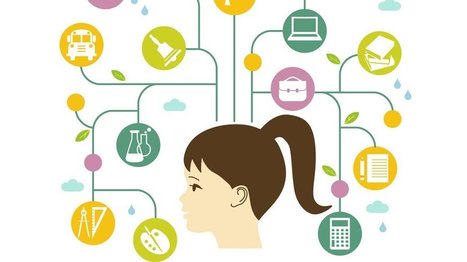

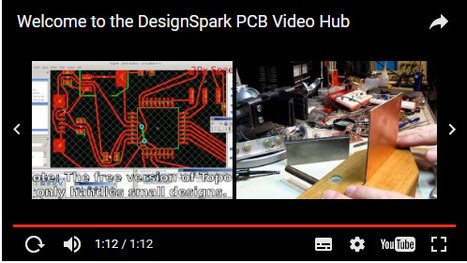
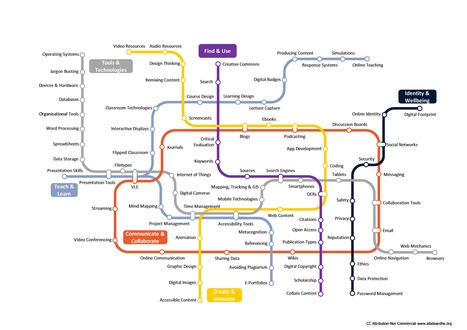





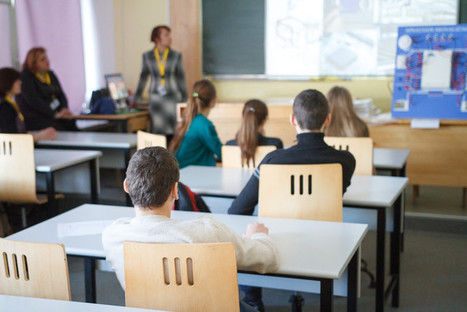



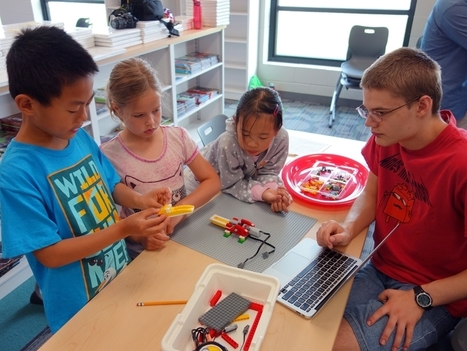
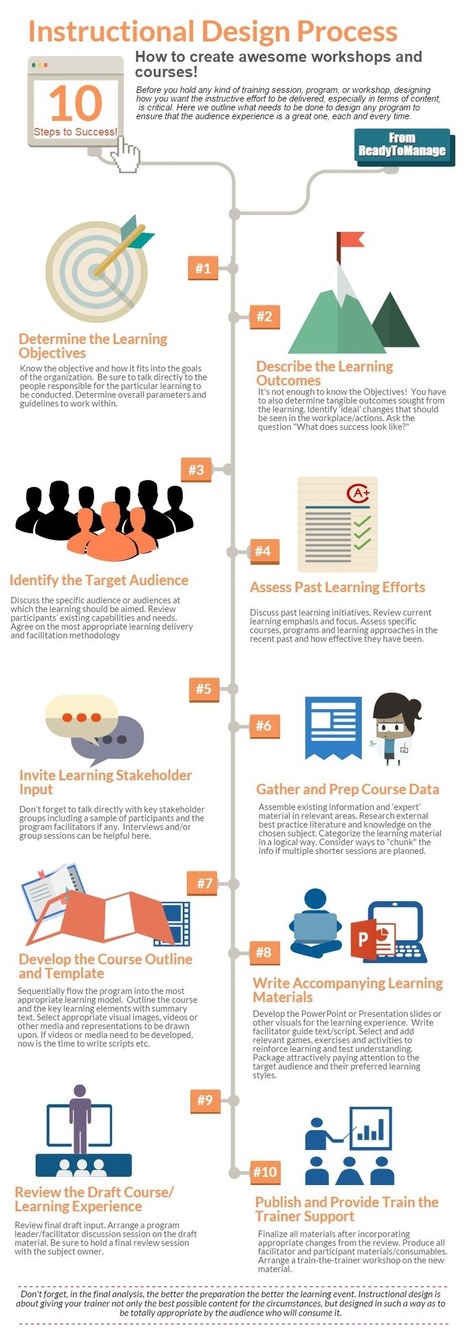



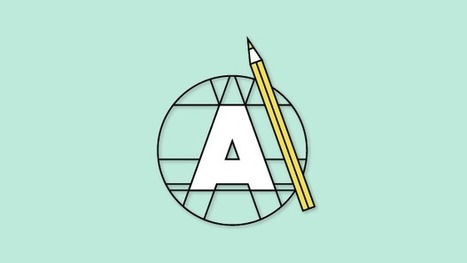



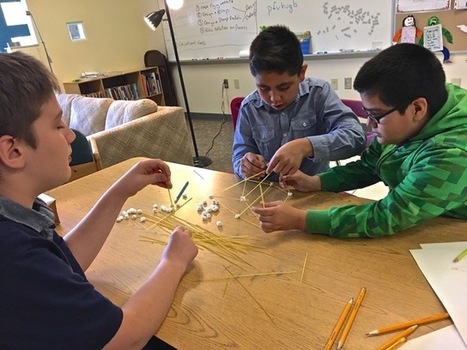














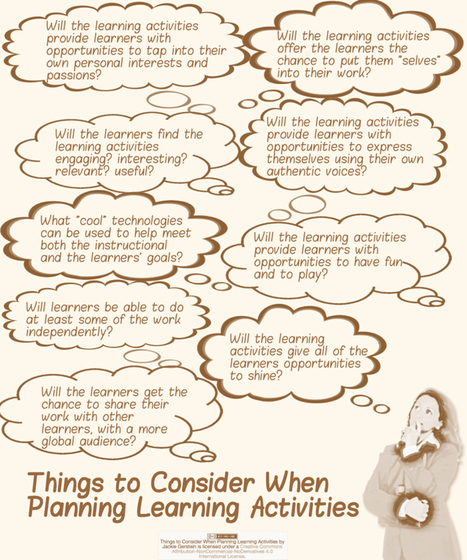







Tools for Self-Directed Learning
As they progress through middle and high school, students are expected to take on increasing responsibility for their learning, with more out-of-class assignments that require independent research, reading for understanding, and wider application of classroom lessons.
Our new book, Teaching Students to Drive Their Brains: Metacognitive Strategies, Activities, and Lesson Ideas, suggests that learning and applying strategies to “explain it to your brain” can help students improve their study habits. We note some of those strategies here.
Don’t just read—learn. There can be a huge difference between reading the words on the page and learning from them. To think through the ideas in a reading assignment and improve recall of what they have read, students might benefit from:
Creating diagrams, pictures, and symbols to represent key ideas as they take notes;
Summarizing passages in their own words (some students might enjoy the challenge of capturing the essence of an assignment in a tweet); and Searching for cues about the most important content. For textbook assignments, students can go back and review features like key terms, subtitles, and informational graphics after their first reading to reinforce crucial facts. When reading fiction or poetry, identifying literary devices such as metaphors and symbols can help uncover deeper meaning.
Learn more / En savoir plus / Mehr erfahren:
https://gustmees.wordpress.com/2014/10/03/design-the-learning-of-your-learners-students-ideas/
http://www.scoop.it/t/21st-century-learning-and-teaching/?&tag=Metacognition